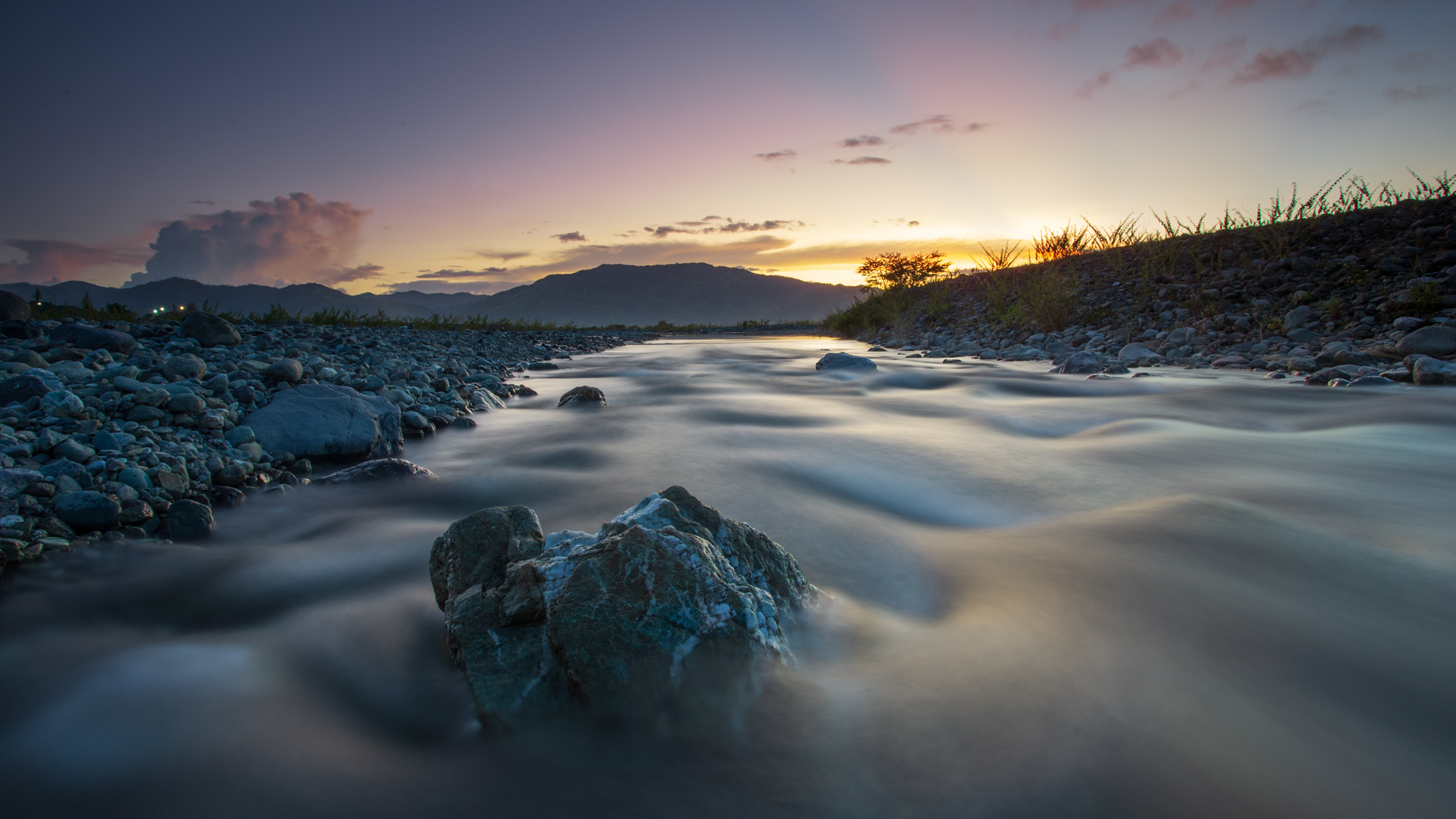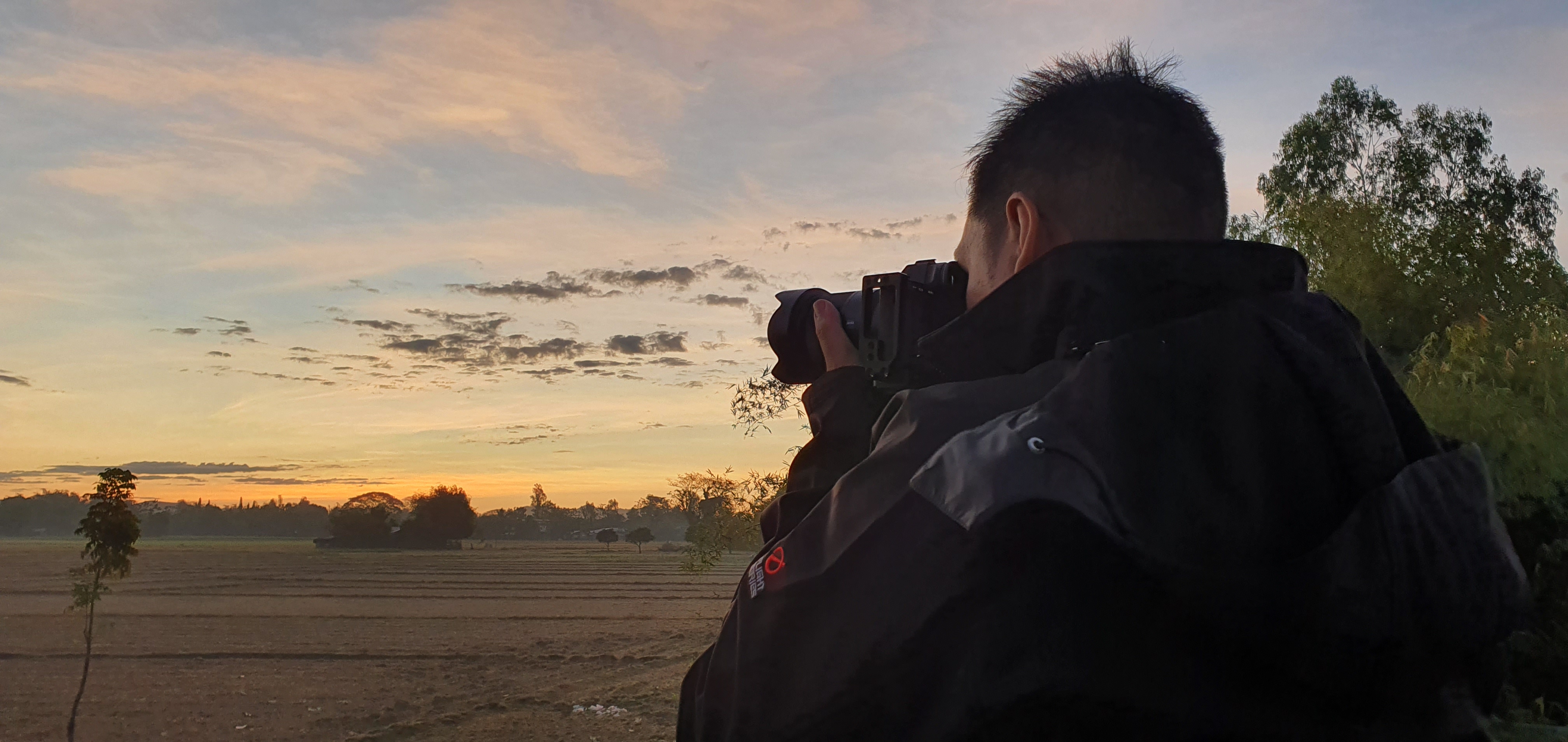Landscape photography is no walk in the park. It can often be filled with challenges and frustrations. But why do we choose to do what we do?
There’s a famous quote from Ansel Adams that goes: “ Landscape photography is the supreme test of the photographer — and often the supreme disappointment.” If you’re a photography enthusiast who has always thought about trying landscape photography or has been fascinated yet intimidated by the craft, let’s talk about what you might experience when you try landscape photography, what frustrations may arise, and why it makes it much more rewarding.
Beginning Your Landscape Journey
There are many different routes through which a photographer finds him or herself interested and invested in landscape photography. Some of the most common ways are the following three. First, they might generally be someone who loves the outdoors, someone who regularly goes on trips to see natural landmarks, or is into exploring the mountains. Eventually, they find themselves seeking to document their travels with whatever camera they have and later on would decide to try and learn landscape photography for this purpose.

My landscape photography started with meeting landscape photographers that later on became my mentors. This is a shot from my first landscape photography workshop 8 years ago.
Another possibility is that a person was originally into photography in general and was influenced or inspired to try the genre. Most people take a while to find the specific genre of photography that is really for them, which is why this may be one of the most common ways that a photographer can fall in love with landscape photography.
Lastly, a non-photographer might stumble upon the works of great landscape photographers enough for them to pick up a camera and go straight into learning the genre specifically.
Expectations
Perhaps one of the common sources of frustration for landscape photographers is unmet expectations. Much like any other genre of photography, landscape (especially when the notion of it is only seen through the still output) looks easier than it really is, mainly because the main goal of the process is to come up with an image with visual order and is satisfying to look at. For one to try a genre of photography that involves effort beyond their usual routines and even invest in a lens, a tripod, or a few filters, the source of inspiration would probably be quite significant. This is particularly true if the photographer was inspired by the works of someone they met or saw online. For any landscape photographer, one of the most satisfying feelings is knowing that you inspired someone to shoot or to try landscape photography, and there is nothing wrong with that. However, what one can see online through an inspiring social media feed or portfolio can give a bit of biased perception. There are a lot of things about landscape photography that are never shown in the photos we produce.

Some shots would require half a day of trekking just to be able to shoot the sunrise for a few minutes.
For one, social media is the most accessible way to see a photographer’s body of work. Unless they don’t have one or do not update their accounts, their Instagram profile is most likely a good embodiment of their work. This may be different for people seeking professionals for commissioned work, but more often, photographers seeking inspiration first look within the confines of social media. The root of the problem lies in the fact that most photographers curate the work that they make public, and it is understandable why. Because of this, one wouldn’t really see a bigger fraction of a photographer’s work that shows their mistakes, imperfect captures, and subpar test shots. It’s also very likely that what we see on their website or social media account is a collection of their best images that have been revised, re-done, and refined over time. There are a lot of inconvenient and unglamorous parts of the process that made that photographer who they are that can never be seen through their body of work.
Even all those aside, even if we look at a well-seasoned master landscape photographer, it is highly unlikely that what we see of them online represents all the hours of long walks and treks, all moments braving rough environments, all the tiring moments-in-between, and more importantly, all the frustration that even the most experienced photographers have.
Limited Demand

Landscape photography, compared to most other main genres of photography definitely has much less demand. In the professional context, it’s clear that most people go through milestones in their lives that commonly warrant hiring a professional photographer. Baby portraits, birthday parties, weddings, graduation, even funerals, it’s always a given that people will hire portrait, events, or wedding photographers. Advertising often relies on people’s faces or personas as well. However, the landscape could be involved in providing a good background. Some people say that there’s no money in landscape photography, and that’s just a hasty generalization, but we have to accept the fact that the demand is quite inferior compared to others. The most obvious source of income for a landscape photographer is selling prints, but that categorizes more as a luxury than an actual necessity, especially in lower socio-economic demographics. Even on social media, many experts have said that trends dictate that people are more likely to react, comment, or share photos of accounts that feature a lot of people, and this is evident in the fact that even the travel and nature tabs on Instagram, for example, are filled with photos of models and influencers posing with a beautiful landmark in the background.
The Prerequisites

Being a landscape photographer is definitely a lot of work. For one, it requires a lot of actual leg work (and often, air travel). Yes, landscape photography can be done anywhere, but we have to accept the fact that unless you live right by a national park or any famous landmark, it requires a lot of effort before you even start pointing your camera towards the vista. In addition, no matter how much we say that landscape photography can be done even with the cheapest and simplest gear, a photographer is always going to want to invest in gear with better capabilities that would better aid them in achieving what they set out to achieve.
Uncontrollable Factors and Risks
The creative process of landscape photography deals with a lot of uncertainties. It involves putting a lot of effort into waking up early, traveling, packing a lot of stuff, walking, or hiking, while still being open to the possibility of coming home with no images to be excited about. While many of these factors can be predicted to a certain extent, it’s still mainly out of the photographer’s control compared to shooting in a controlled environment. The quality and intensity of light, the cloud cover, the tide, and the fog at the location are things we can only try to avoid but not entirely control or modify.

A shooting experience that I would never forget. These crashing waves in Hawaii sent me packing with a bricked piece of Zeiss glass.
Even on a pleasant day at the location, there are still a lot of things that can get in the way of capturing a breathtaking landscape image. The process of getting to the location can be hindered by so many factors. The process of shooting can be put at risk by various aspects of the environment. We deal with a lot of dust, a lot of moisture and mud, and often shooting from risky vantage points wherein a single mistake could lead to a destroyed shot destroyed gear or physical injuries.
So, Why Be a Landscape Photographer?
Many photographers would agree that landscape photography was definitely more than what they first expected. The leg work, the investments, all the miles of travel, all the risks, and all the uncertainties. For someone who isn’t passionate about the craft, landscape photography really is a lot of work, but as you grow to love every part of creating that image, you would realize that each step you take and each mistake you make is part of a much larger journey. Most landscape photographers would say that joy of landscape photography comes from the thrill of going places, experiencing nature, and if you’re lucky, the satisfaction of adapting to challenges and creating an image that encapsulates the experience. Personally, I consider each image as the fruition of a long and fulfilling journey towards pressing the shutter button.

Mayon Volcano, Albay, Philippines
Landscape photography is a lot of work. It can be quite intimidating and many times, expensive. But most of the time, giving in to your curiosity and enjoying the experience can be the beginning of a wonderful photographic journey. The landscape begins to call you and entirely changes the way you see the world. There are a lot of risks and frustrations in landscape photography, but all they do is make the craft all the more rewarding.







I have been a photographer for decades and now that it is time to retire from shooting weddings, maybe I should give this a try. Hope I dont get disappointed.
Hope it invigorates you!
I've had bouts with mosquitos, havent encountered ticks, thankfully. Hope I never do. Lol
Philippines. We do have ticks but not as common.
Try doing Landscape Photography in Reunion Island. Volcano, Tropical Storms, Dengue Fever due to mosquitos, Ticks...
But its beautiful.
Part of the thrill, right?
I moved to Austria for the love of the mountains. Did my share of experience, backcountry snowboarding, downhill.
I've always wanted to photograph that what I saw. So I bought a camera. For me it was the obvious thing to do. Yes it's always a long hike and sometimes a pain in the ass. But the memory that stays is epic. I wouldn't change it for nothing.
Keep doing what you love, Steven! :)
Hehe...can find myself in this article. Still not around the big "why".
But yes I like landscape photography very much and sometimes come back to the same location several times even when I'm rather happy with the previous results.
But visiting these beautiful places, eventually again and again, makes me feel good. And yes the sometimes a lot of frustrations when the sunset or sunrise isn't producing the image I have in my mind.
But when everything falls in place in what I've expected it's such an overwhelming gift from best nature can give us.
Visiting and shooting the same place again and again gives us a good mix of familiarity and uncertainty. No landscape can look exactly the same as it did yesterday and being there to catch its better days is quite fulfilling